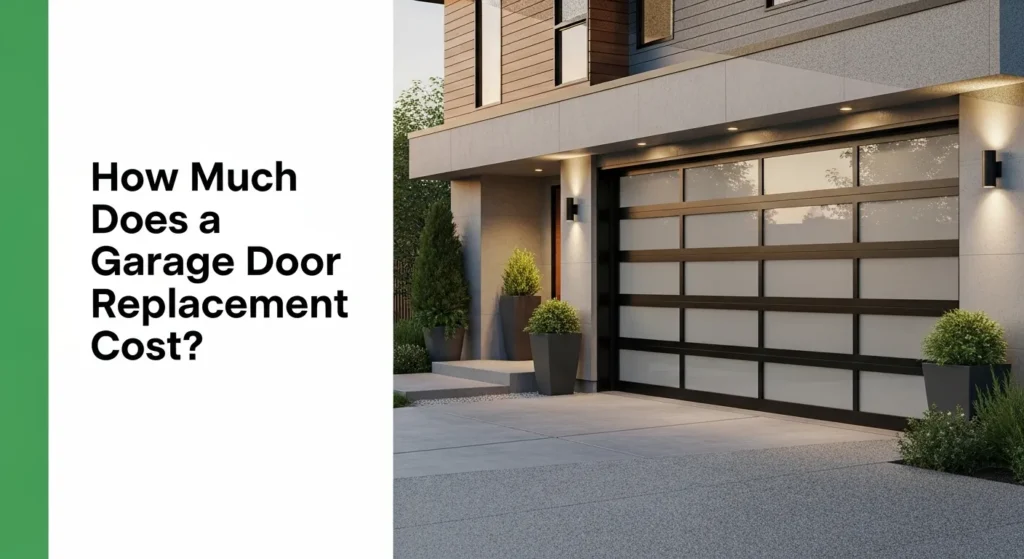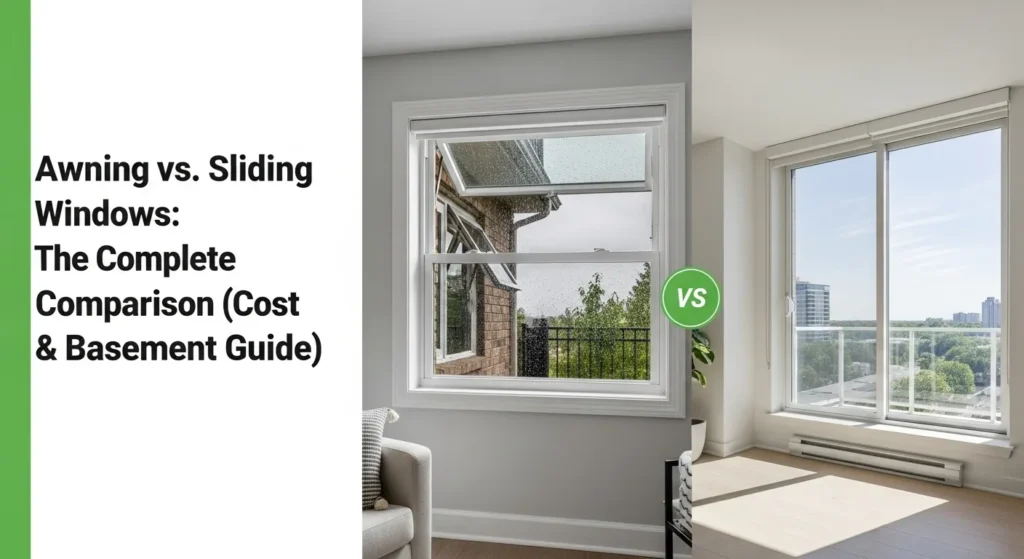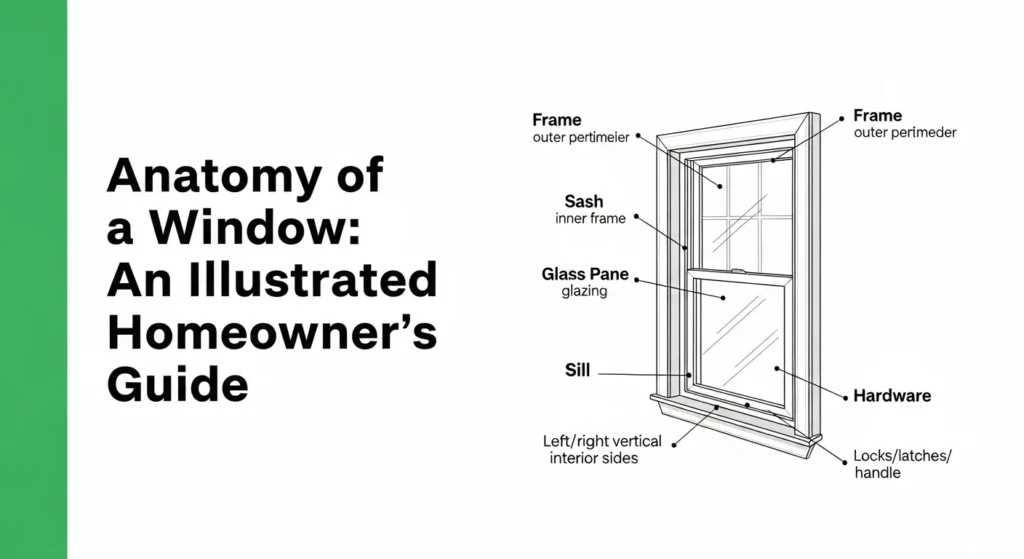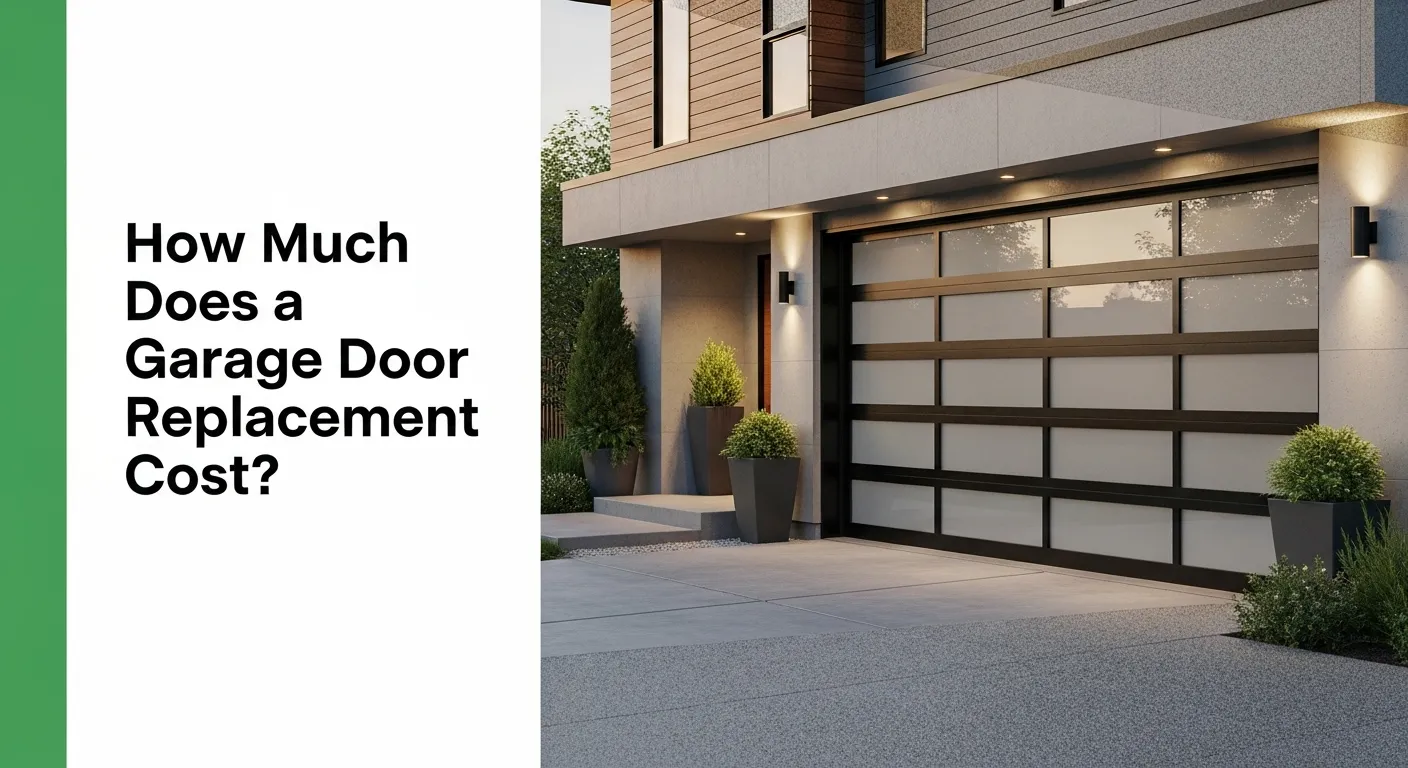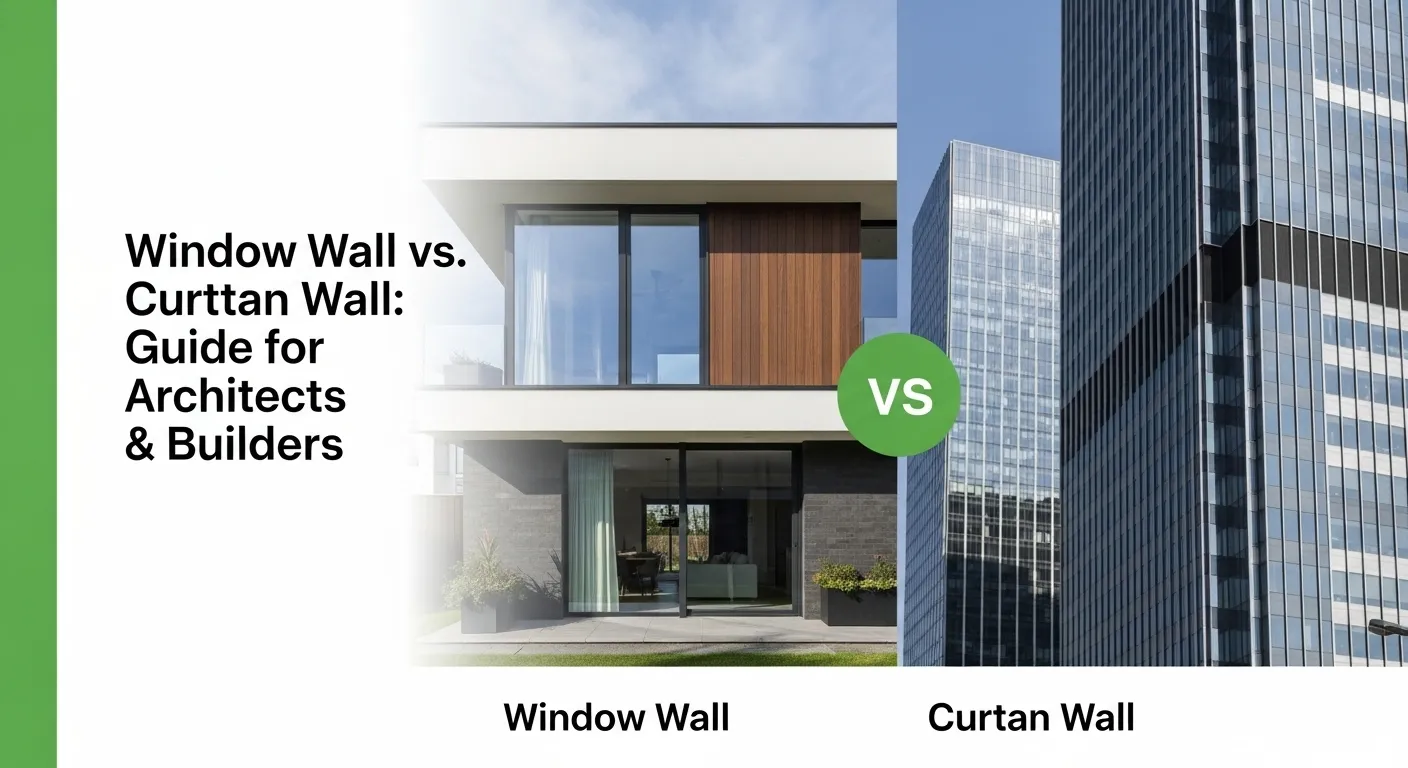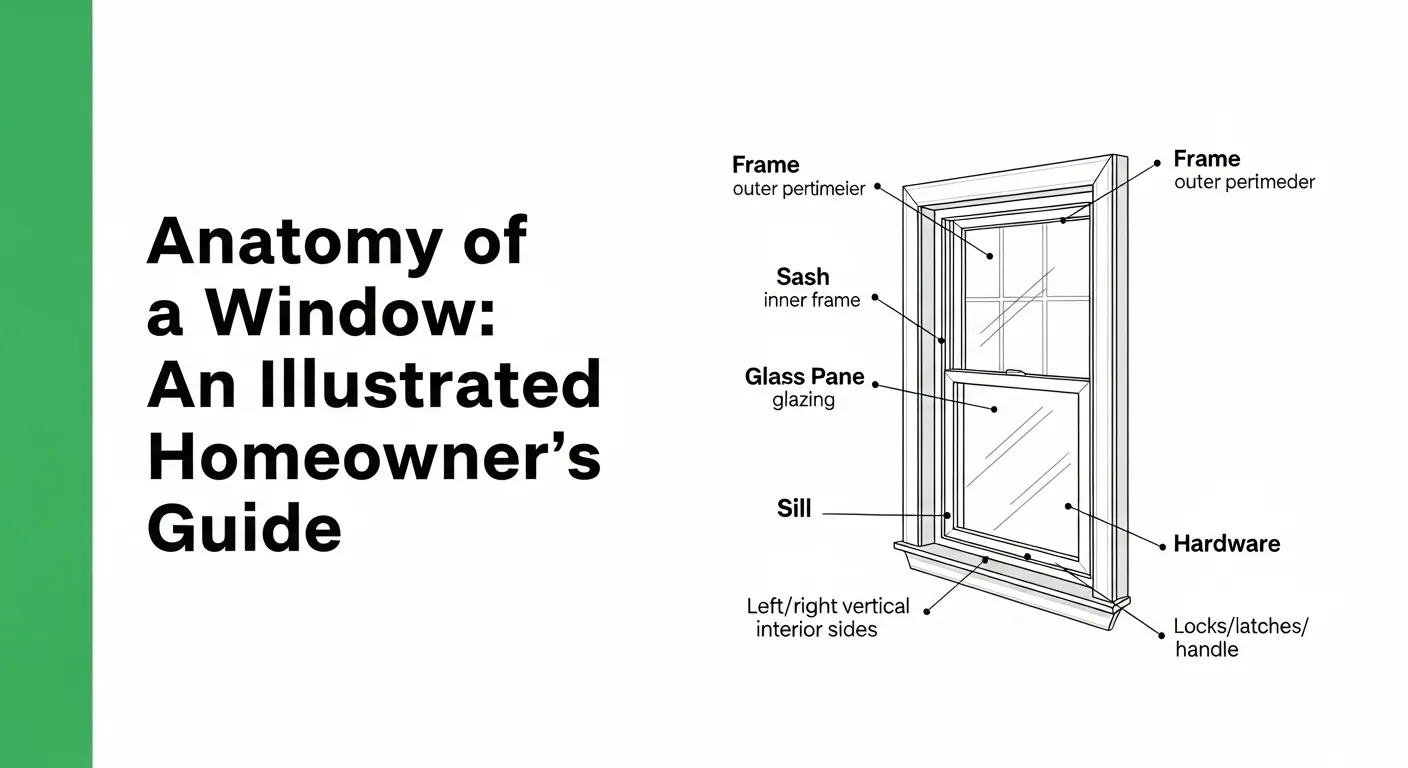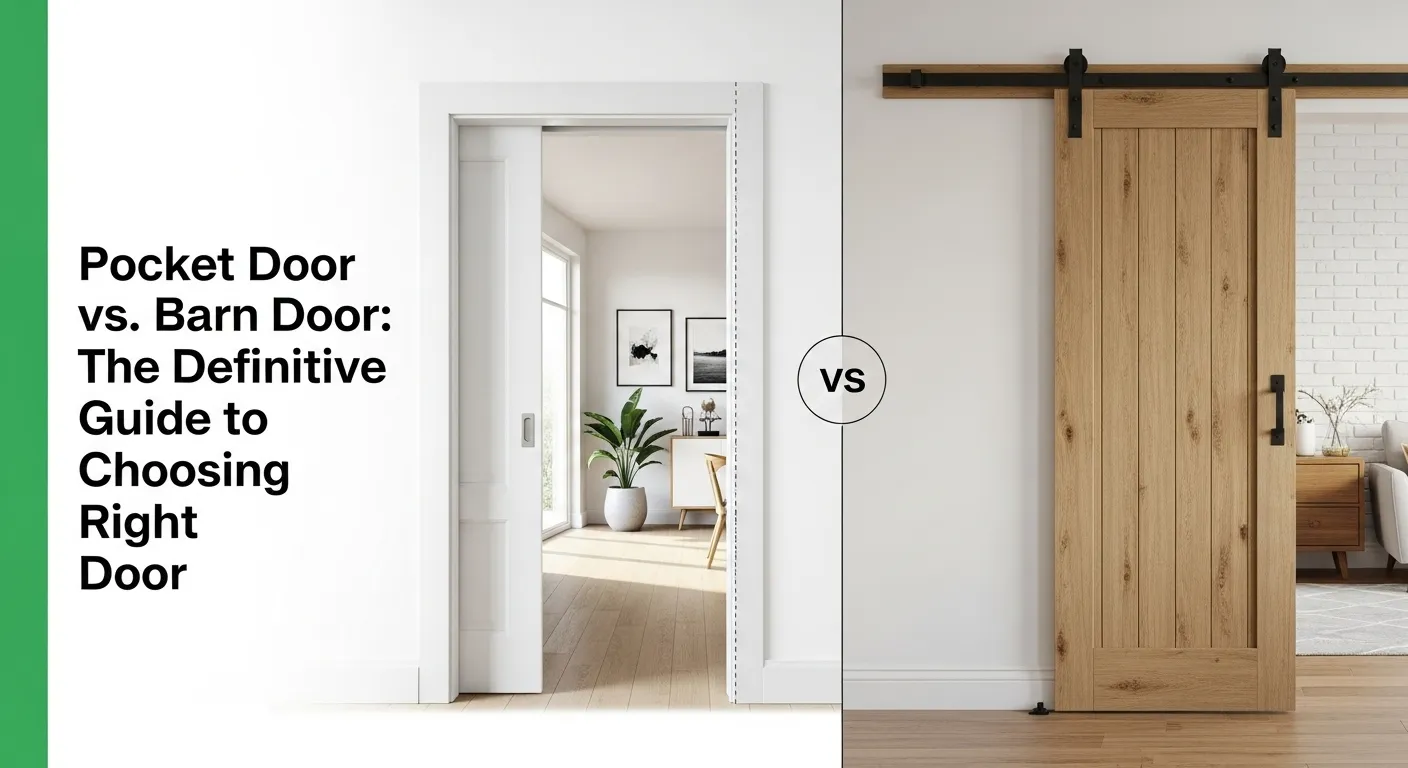Constant noise from traffic, neighbors, or construction can seriously impact your quality of life. Soundproof windows help—but what do they actually cost?
This 2025 guide breaks down real-world costs from budget DIY to premium replacements, shows which specs matter (STC/OITC), and helps you pick the best-value path to peace and quiet.
What Do Soundproof Windows Cost in 2025? (At a Glance)
Expect about $50–$300 for DIY, $400–$1,200 for high-performance inserts, and $1,500–$3,500+ for full replacements. The national average installed price per window is about $1,350.
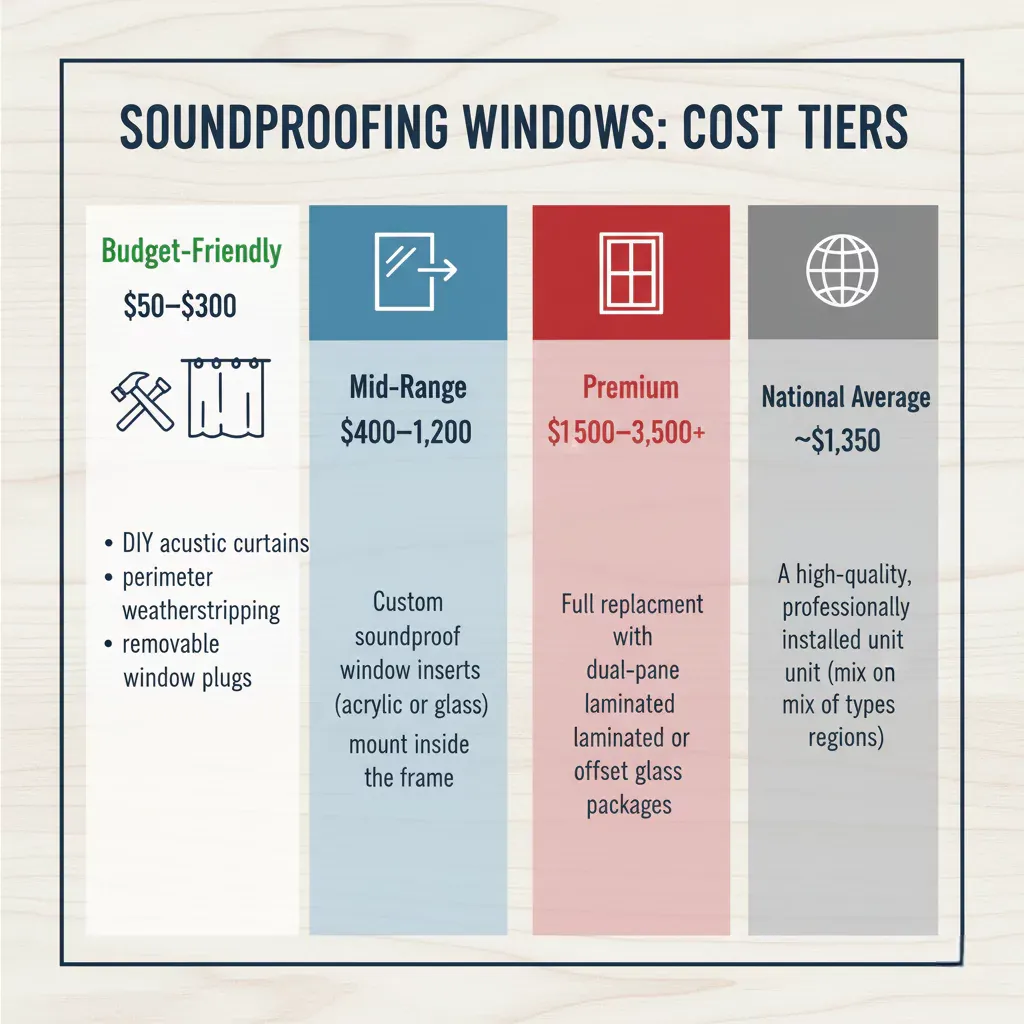
| Level | Average Cost Per Window (Installed) | What You Get |
|---|---|---|
| Budget-Friendly | $50–$300 | DIY acoustic curtains, perimeter weatherstripping, and removable window plugs |
| Mid-Range | $400–$1,200 | Custom soundproof window inserts (acrylic or glass) that mount inside the frame |
| Premium | $1,500–$3,500+ | Full replacement with dual-pane laminated or offset glass packages |
| National Average | ~$1,350 | A high‑quality, professionally installed unit (mix of types and regions) |
Notes:
- Prices vary by size, glass configuration, frame material, and local labor.
- Inserts typically deliver the best cost-to-performance for existing homes.
How Is Soundproofing Measured—STC vs OITC
STC rates speech- and mid/high‑frequency blocking; OITC rates low‑frequency noise like traffic and aircraft. For urban noise, prioritize higher OITC, then STC.

- STC (Sound Transmission Class): Lab rating for mid/high frequencies (voices, dogs). Common window STC ranges: ~28–38 (standard), ~40–50+ (laminated/optimized).
- OITC (Outdoor‑Indoor Transmission Class): Focuses on low‑frequency energy (traffic, trains, planes). This class is more predictive when it comes to street and jet noise.
What Do Typical Ratings Mean in Real Life?
| Rating Band | Everyday Meaning |
|---|---|
| STC ~25–30 / OITC ~20–25 | Normal speech clearly audible; weak traffic reduction |
| STC ~35 / OITC ~28–30 | Loud speech reduced; moderate traffic noticeably quieter |
| STC ~40 / OITC ~32–34 | Loud speech faint; strong reduction of city traffic/road rumble |
| STC 45–50+ / OITC 35–38+ | Speech largely inaudible; substantial traffic/aircraft mitigation |
Pro tip: Laminated glass and larger air gaps typically raise both STC and OITC more efficiently than simply adding panes.
Which Soundproofing Solution Fits Your Budget and Noise?
Choose DIY for modest high‑frequency reduction, inserts for the best value, and full replacements for maximum performance plus efficiency gains.
Tier 1 (Under $300): Budget‑Friendly DIY Solutions
- Options: Heavy acoustic curtains, quality weatherstripping, and acrylic window plugs with gaskets.
- Performance: ~5–10 dB reduction (best at higher frequencies); lowers perceived loudness noticeably in bedrooms.
- Best For: Renters, tight budgets, quick fixes without tools or permits.
Pros:
- Lowest cost, fully reversible, immediate improvement.
Cons: - Limited low‑frequency control, aesthetic trade‑offs, and can block daylight/egress (plugs).
Tier 2 ($400–$1,200): Best Bang‑for‑Buck Window Inserts
- Options: Custom acrylic/glass inserts mounted inside the jamb; magnetic or compression fit.
- Performance: ~15–25 dB reduction; often ~80% of full replacement performance at lower cost and disruption.
- Best For: Owners of historic or newer homes who want strong results without replacing windows.
Pros:
- Excellent OITC gains by adding a second decoupled layer/airspace; it preserves the exterior appearance.
Cons: - This option adds depth to the interior frame, may impact the mounting of blinds, and still depends on the current condition of the windows.
Tier 3 ($1,500+): Full Replacement Sound‑Optimized Windows
- Options: Dual‑pane with laminated interlayers (e.g., 0.030–0.060″ PVB), asymmetric/offset glass thickness, wider air gaps.
- Performance: ~20–30+ dB; top-tier OITC and STC, plus energy efficiency, security, and resale benefits.
- Best For: Major renovations, failing windows, or the highest noise control needs (busy arterials, flight paths).
Pros:
- Maximum performance, a new warranty, and energy upgrades.
Cons: - The highest upfront cost and longest installation timeline may require exterior finish updates.
Decision hint:
- Mostly speech/barking? Target a higher STC.
- Mostly traffic/aircraft rumble? Target higher OITC (laminated + larger airspace).
What Factors Drive Your Final Cost?
Glass build is the primary driver, followed by window size/type, frame material, and professional installation quality.
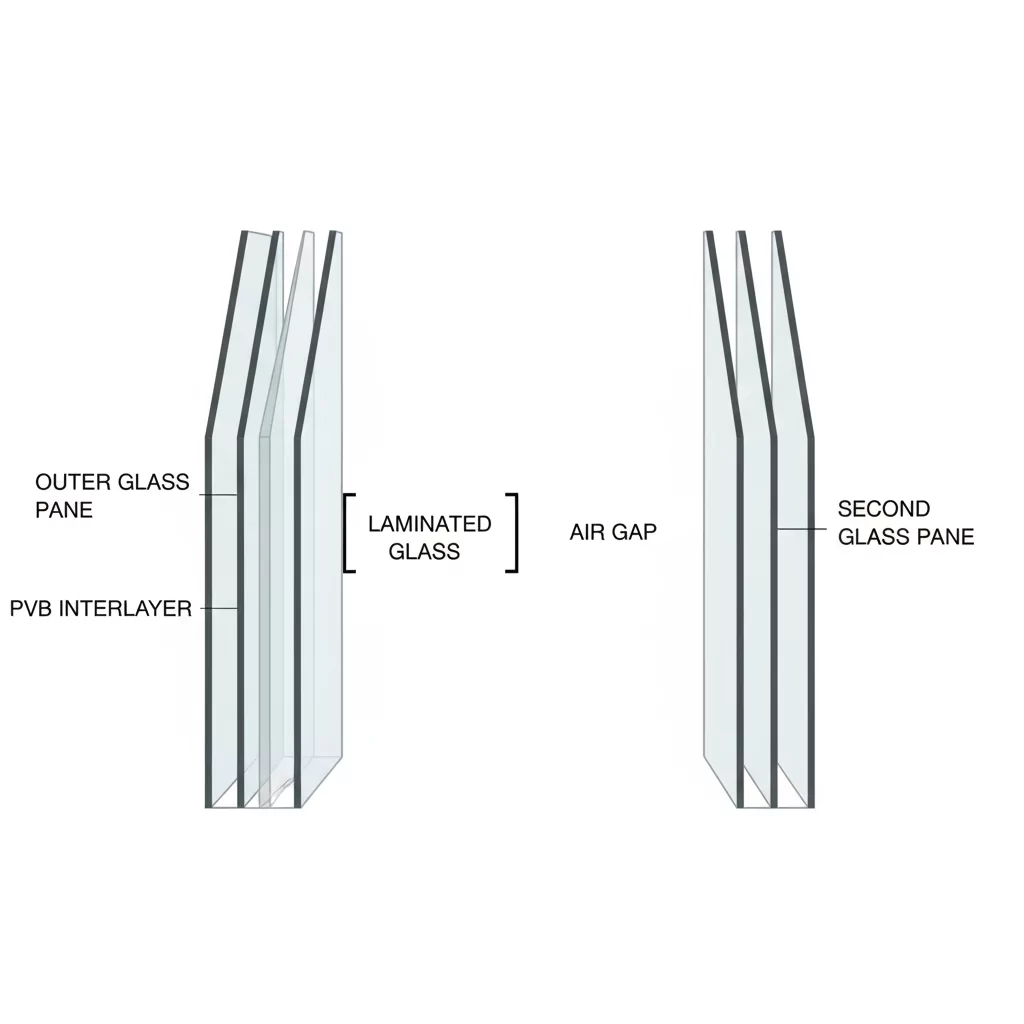
- Glass Configuration (largest cost lever)
- Cost ladder: standard dual‑pane < dual‑pane with one laminated lite < dual laminated lites < asymmetric/offset laminated packages with larger air gaps.
- Thicker interlayers (e.g., 0.060″ PVB) and dissimilar glass thicknesses improve low‑frequency control.
- Window Type and Size
- Larger picture or bay windows cost more than small single/double‑hung units. Operable types (casement, slider) add hardware complexity and labor.
- Frame Material
- Vinyl: most affordable, excellent thermal/air tightness.
- Fiberglass: higher strength, stable, mid‑high cost.
- Wood: premium look, higher cost/maintenance.
- Aluminum (thermally broken): strongest, modern profiles, highest cost; ensure thermal breaks for comfort.
- Labor and Air‑Sealing Quality
- Professional installation is critical. Small gaps or missed sealant paths can wipe out STC/OITC gains. Insist on low‑expansion foam and backer‑rod + sealant perimeter joints.
Common Adders (Typical Ranges)
- Tempered safety glass: +$50–$150 per lite (code/height dependent)
- Laminated lite upgrade: +$150–$400 per opening
- Custom shapes (arches, triangles): +15–35%
- Historic district approvals: time + permitting fees

Is It Worth It? The ROI of Peace and Quiet
Beyond quiet, you gain better sleep, productivity, property value, and often lower HVAC runtime—especially with laminated, energy‑efficient packages.
- Improved Sleep and Health: Chronic noise exposure correlates with cardiovascular stress and sleep disturbance (WHO Environmental Noise Guidelines, 2018).
- Productivity: Lower background noise improves focus and call clarity—key for home offices.
- Property Value: In noisy urban areas, sound‑attenuating windows differentiate listings and can speed sale cycles.
- Comfort & Energy: Laminated IGUs often reduce heat gain/loss and UV fade, cutting HVAC load.
Rule of thumb: If peak exterior noise regularly exceeds ~60–65 dBA at your façade, inserts or laminated replacements typically deliver meaningful day‑to‑day improvements.
- Trim aesthetics: Window Trim Styles
- Shade compatibility: How to Install Blinds or Shades on Vinyl Windows
- Materials head‑to‑head: Aluminum vs. Vinyl Windows
- Warmth & maintenance: Wood vs. Vinyl Windows
- Operation & noise paths: Single‑Hung vs. Casement vs. Picture vs. Slider Windows
- Tightening air paths: How to Seal, Insulate, and Secure Your Single‑Hung Windows
- Classic comparison: Single‑Hung vs. Double‑Hung Windows
- Big views: Types of Bay Windows
- Architecture ideas: Modern Homes with a Lot of Windows
- Acoustic customization: How to Improve Noise Reduction with Custom Windows
- Deep dive: Window Frame Materials Comparison
Frequently Asked Questions (FAQs)
Are triple‑pane windows better for soundproofing?
What’s the cheapest way to soundproof existing windows?
What STC/OITC do I need to block traffic noise?
Can I soundproof windows myself?
Conclusion: Invest in a Quieter Home
The right solution balances your noise type, performance target, and budget: DIY for quick wins, inserts for best value, and laminated replacements for maximum control and efficiency.
Ready for exact pricing and specs for your windows and noise profile? Use our tool to get a free, no‑obligation quote from a top‑rated window professional in your area.
